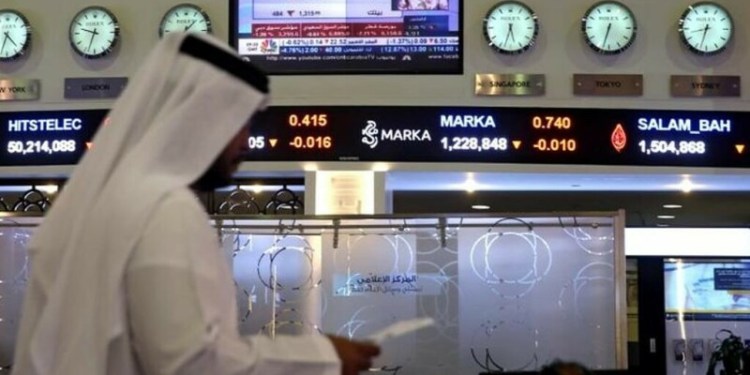NEW YORK (AP) — The price of oil fell to its lowest closing price in almost six and a half years Wednesday on new data showing that U.S. crude inventories rose at a time of year when they are typically in decline.
Shares of the world’s biggest oil companies were battered after the report, with Exxon Mobil, BP, Marathon Oil, Chevron and ConocoPhillips all sliding to multiyear lows.
Oil supplies typically decline in the spring and summer because refiners make more gasoline to meet driving demand in the summer. That’s what analysts expected to see in the latest weekly report from the Energy Information Administration. But instead the agency said commercial inventories increased by 2.6 million barrels last week. That was a jolt to analysts and investors who have seen the price of oil plunge because there’s too much supply on the market and not enough demand.
Energy companies invested heavily in drilling over the past few years, when the price of oil was generally over $ 100 a barrel. A combination of increasing supplies and slow growth in the world economy, including weaker growth in China and a shrinking economy in Japan, cut into demand and made for a big drop in prices in the second half of 2014. That trend resumed this summer, and energy companies have slashed jobs and curtailed drilling activity in response.
On Wednesday, crude prices fell 4.3 percent to $ 40.80 a barrel in New York, their lowest close since March 2, 2009. They have fallen by more than half over the last year.
Marathon Oil Corp. was the biggest loser on the S&P 500 index, suffering a 7.2-percent drop. The shares recovered from a session low that took them to their lowest prices in six years.
Chevron Corp. shares lost 3 percent and ConocoPhillips fell 3.7 percent, while Exxon Mobil Corp. declined 2.1 percent. All reached three- or four-year lows.
The Energy Information Administration said there were 456 million barrels in commercial inventories as of Friday. That total has fallen over the last few months, as it normally does. Still, inventories usually aren’t this high in the summer. The EIA says commercial crude inventories are at their highest seasonal levels in at least 80 years.
Analyst Thomas Pugh of Capital Economics said the main reason for the increase in inventories was refinery outages for maintenance and other issues. He said oil production continues to drop and gasoline stocks fell more than expected, which shows demand is high.
“The bigger picture is one of strong demand for gasoline and falling oil output, which should give some support to prices over the rest of the year,” said Pugh. He expects oil to finish the year at $ 50 per barrel.


























